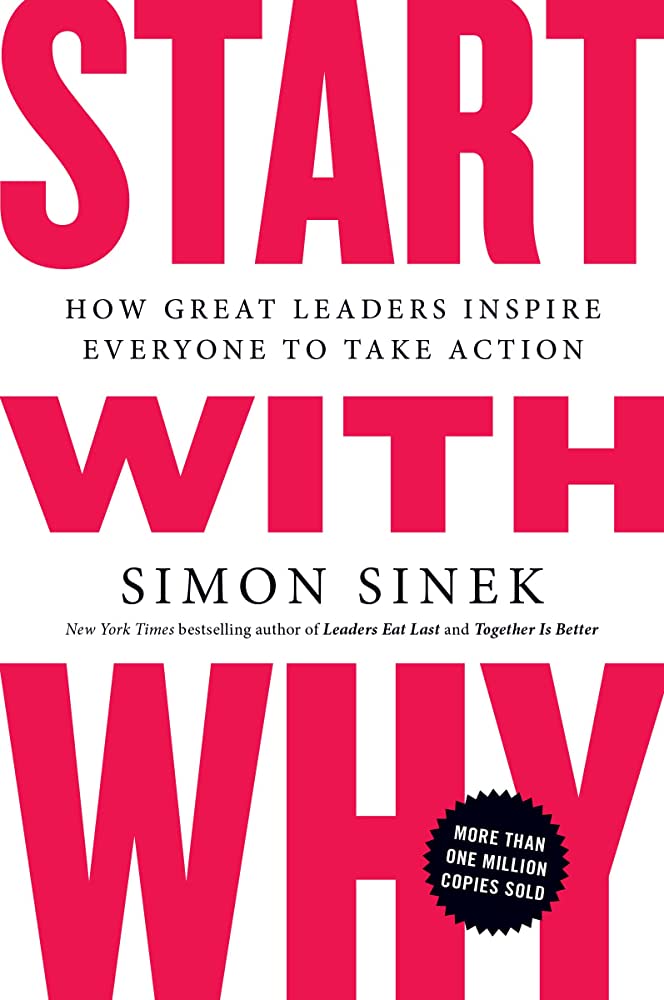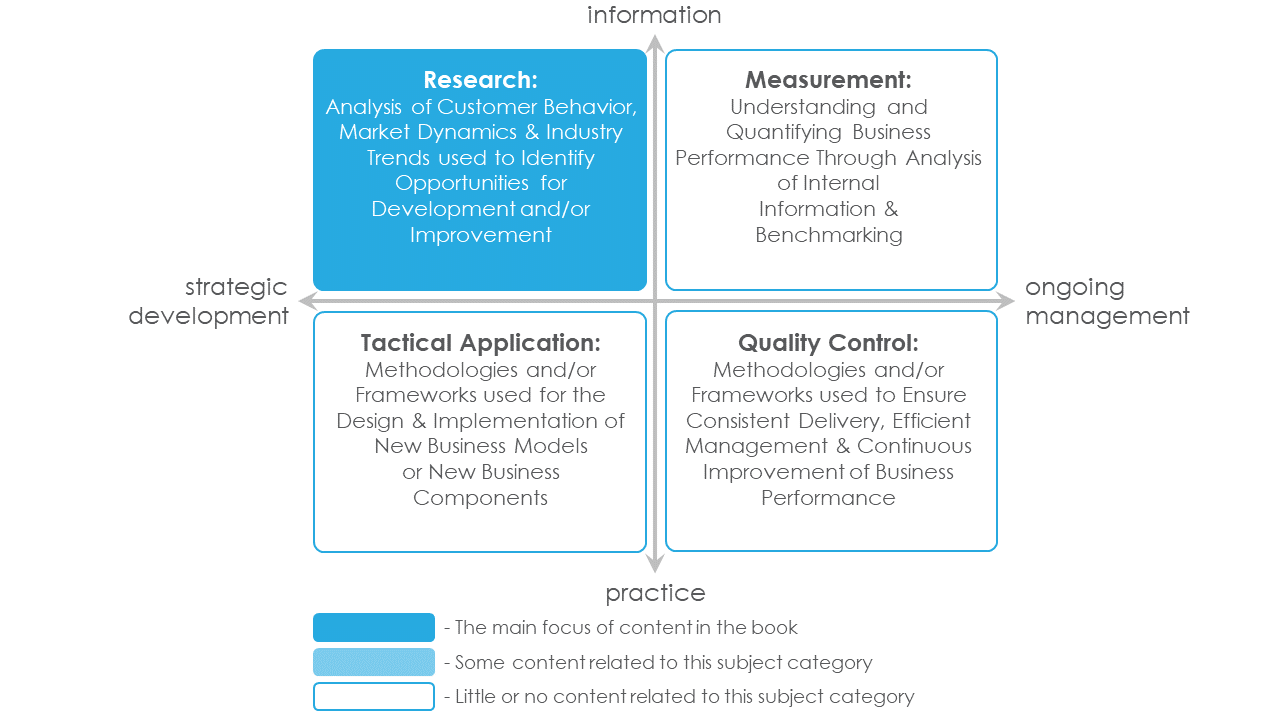Start with Why: How Great Leaders Inspire Everyone to Take Action
RATING


We all brand ourselves by our actions. An accountant keeps track of financial books; the marketing director promotes the company; the website designer creates a visually appealing webpage. The question is, why do they do it? That question evokes the true personality surrounding the individual, highlighting qualities that may suit them for the position they hold. Simon Sinek applies this same principle to companies, creating the framework for “the golden circle.” The golden circle is his creation, representing the three stages of inspirational leadership, all beginning with the foundation forming “why.” Rather than working from the outside in, Sinek pushes for an inside-out approach, attempting to ask why a company is in business before progressing to how they do business and what they offer. This concept helps to embolden brands by rooting them in the core reason for their being in business, and alludes to how individuals are more motivated when they have a full emotional understanding of why a company is around.
We simply cannot stress how strongly we feel about this concept of starting with why. The idea is simple and easy to visualize, yet makes a significant difference in how the company brands and positions itself. It is important to note that this concept does not directly translate into increased performance or sales, but it does have the potential to reinvigorate the company and inspire new action from within. This sense of change cannot be measured directly; however, it can improve the quality of the brand and clarity in terms of company beliefs and values. The reason why we like this concept so much is because it provides an emotional anchor for customers to latch upon. Companies, by identifying the “why” in their business, provide a history, a foundation for which the company exists, and this reasoning represents how customers can identify with the company. The emotional connection that stems from this understanding forms a stronger bond than that of a sale item or a promotion. Instead, it has longevity in becoming the primary thought that emerges when people think of the company. In this sense, companies are able in inspire action in those who can remember that company’s purpose, whether that is an employee or a customer. That is the end goal of this concept, and that is what will translate into sales.
The book, despite being well written, had a droning effect while we were reading through it. The concept was well explained in a coherent manner, though we noted that the book seemed to drown out the purity of the topic. It was, for lack of a better term, redundant in its examples and tended to come back around to state what was previously stated in the first iteration of the concept. Additionally, the information passed on in the book is only marginally more elaborative than Sinek’s own TED talk. While the book does go into more detail as we read on, the core concept is still the same and can be gleaned from the TED talk. There is much to be desired in this book, and while still a great concept, we certainly did expect much more.
Why are some people and organizations more innovative, more influential, and more profitable than others? Why do some command greater loyalty?
In studying the leaders who’ve had the greatest influence in the world, Simon Sinek discovered that they all think, act, and communicate in the exact same way-and it’s the complete opposite of what everyone else does. People like Martin Luther King Jr., Steve Jobs, and the Wright Brothers might have little in common, but they all started with why. Drawing on a wide range of real-life stories, Sinek weaves together a clear vision of what it truly takes to lead and inspire.
Simon Sinek has a beautifully inspired methodology here and presents to us a book detailing it. None would go wrong from reading this book – it is a concept that we have come to respect – but the book in its entirety does become drab. We would advise that all at least take the time to read the book and internalize the concept of starting with “why,” as it applies beyond the business sense. Considering “why” we do something relates to every action we take, and it can allow us to better create impassioned actions and more effective decisions. For banking, that broadens on the concept of why we are in the business, which differentiates us far more than our product selections.
If you need a guide on how to build a customer-centric company from scratch, check out “Customer Experience Strategy” (Senteo review).

This book presents a revolutionary concept that outlines a different way of thinking; rather than beginning a project and then using it to define the business, the business concept becomes the central driving force of what the business does. Essentially, this is a fledgling topic that is still in the researching phase, though we do see how companies, after internalizing the concept, can create a form of tactical application and measurement.
See content on this topic

Sales training for front line along with basic development and coaching principles for line management.
Understanding how leaders must evolve with relation to the evolution of business models, new management models, and the significant changes to the workforce with Digital Natives now making up more than 50% of the workforce globally.
Understand the theory and mechanics of developing and managing a customer-centric and experience-driven corporate culture that is consistent and stable and includes elements of Employee Experience (EX) and Employee Relationship Management (ERM).
Understanding the evolution of leadership styles, management models, organizational structures, performance measurement and guiding change in the evolution of business models from product-centric to customer-centric and even relationship-centric.
Understand how to manage both internal and external digital transformation while considering the landscape for digital business models and the effect on traditional business models. Understanding organizational readiness for transformation and the role of corporate culture in managing transformations.
The changes in consumer behavior, employee behavior, and the evolution of business models in the digital age cause significant difficulties and imperatives for leaders who must develop new skills and evolve their leadership styles to be effective in this fast changing, challenging, and competitive environment.
Understanding how leaders must evolve with relation to the evolution of business models, new management models, and the significant changes to the workforce with Digital Natives now making up more than 50% of the workforce globally.
Understand how to manage both internal and external digital transformation while considering the landscape for digital business models and the effect on traditional business models. Understanding organizational readiness for transformation and the role of corporate culture in managing transformations.
The changes in consumer behavior, employee behavior, and the evolution of business models in the digital age cause significant difficulties and imperatives for leaders who must develop new skills and evolve their leadership styles to be effective in this fast changing, challenging, and competitive environment.
Understanding how to design & manage change/transformation programs in organizations of different sizes. This course will help any size team or organization to better deal with change & transformation on any scale.




 Copy Link
Copy Link
 E-mail
E-mail
 LinkedIn
LinkedIn
 Facebook
Facebook
 Telegram
Telegram
 WhatsApp
WhatsApp















 Go Back
Go Back
Leave a Reply
You must be logged in to post a comment.